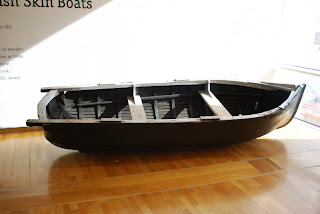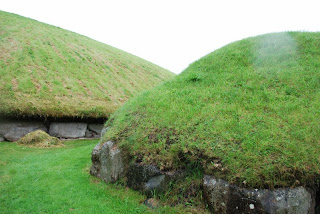Day 04
THE BURREN
on the way to the burren
I just tried to get to the burial chambers, but had no much luck. It was not difficult to get to the Ballyvaghan. The bus goes following the coast and have some very beautiful sights. The Burren is chain of limestone mountains with a very rocky area with a lot of wildlife. It has been inhabited for quite a while, since it is possible to find remains of stone age people until the iron age, covering thousands of years. It was in the Aillwee, the best known of the Burren caves, that was found evidence of the now extinct bears in Ireland.





 In the way it is possible to find stone circles and standing stones around, just lost in the landscape. I’ve been following the road until get to the famous Aillwee cave.
In the way it is possible to find stone circles and standing stones around, just lost in the landscape. I’ve been following the road until get to the famous Aillwee cave.


 The complex also houses a prey bird project, which includes owls, falcons and eagles. most of the birds are native animals from the Burren. The falcons, eagles and other birds of prey are breed in the center and perform little shows. There is a little zoo in the center too. I am not enthusiast of zoos, but I confess it was beautiful to see those birds close and flying. they have a special relation with the humans.
The complex also houses a prey bird project, which includes owls, falcons and eagles. most of the birds are native animals from the Burren. The falcons, eagles and other birds of prey are breed in the center and perform little shows. There is a little zoo in the center too. I am not enthusiast of zoos, but I confess it was beautiful to see those birds close and flying. they have a special relation with the humans.




 The cave that was found in the 40’s by a hunter and its dog, and it was open to public only in mid 70’s. It is one of the biggest natural caves in the whole Europe, and it is only possible to walk around one kilometer of the area inside. It was inside this cave that was found the bear bones which was capital to prove the very existence of the animal. The cave is a world apart: waterfalls, stalagmites, stalactites, weird rocky formations.
The cave that was found in the 40’s by a hunter and its dog, and it was open to public only in mid 70’s. It is one of the biggest natural caves in the whole Europe, and it is only possible to walk around one kilometer of the area inside. It was inside this cave that was found the bear bones which was capital to prove the very existence of the animal. The cave is a world apart: waterfalls, stalagmites, stalactites, weird rocky formations. On my way I've found this beautiful ditch and round fort. Would it be an Iron age or early medieval fort? The place was being excavated, but no further information was given so far.
On my way I've found this beautiful ditch and round fort. Would it be an Iron age or early medieval fort? The place was being excavated, but no further information was given so far.














































































